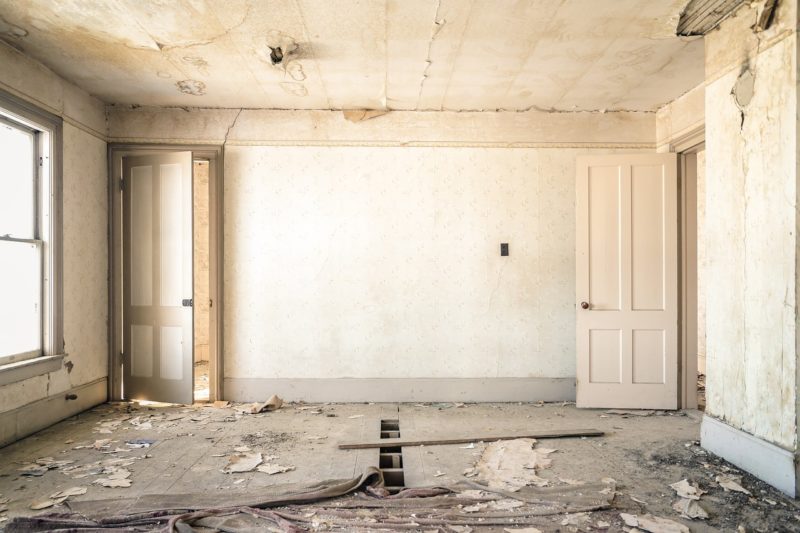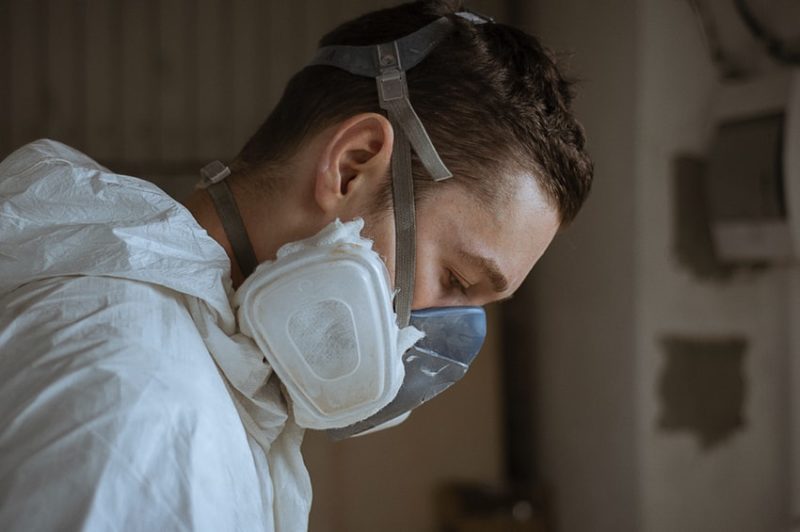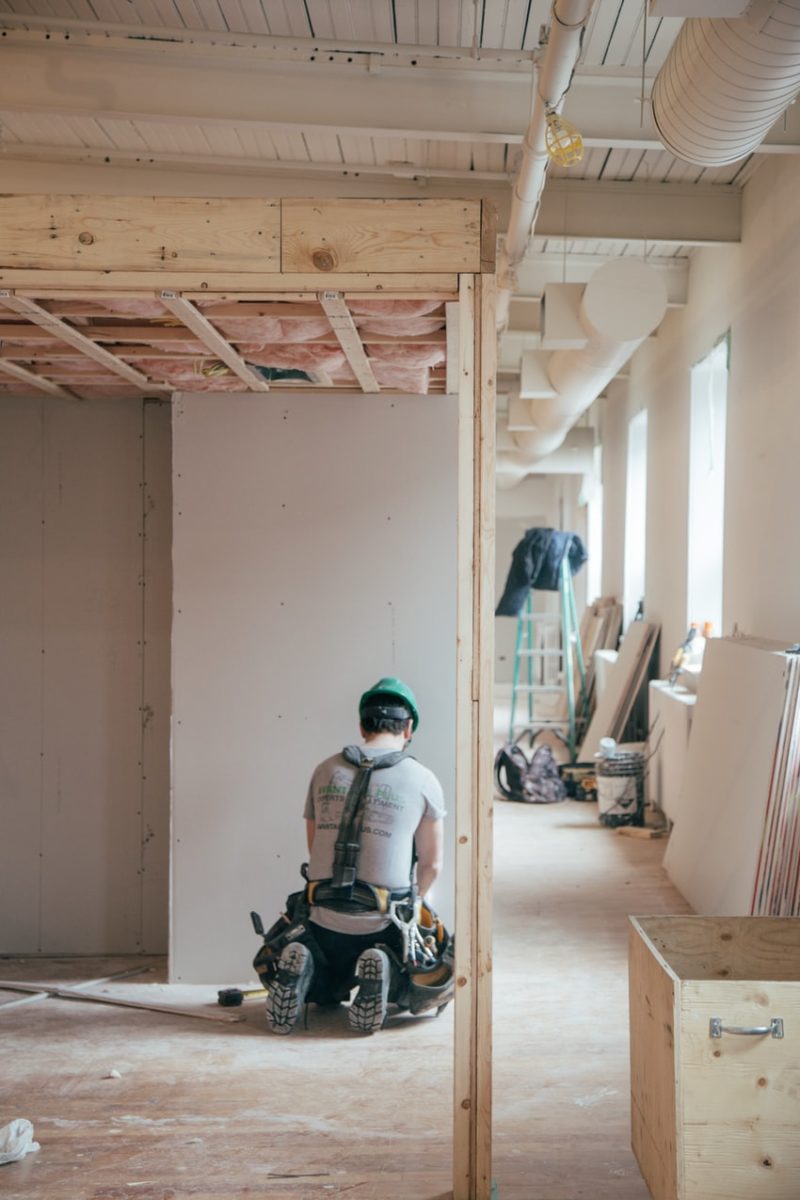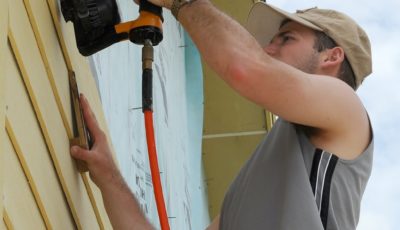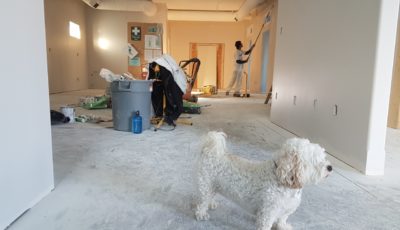Why Contractors Must Be Watchful for Lead Exposure in Home Renovations
Contractors have a number of legal responsibilities to the homeowners that they work for. When it comes to working with hazardous substances like lead, it is vital that contractors understand their obligations.
The Law
Since the late 70s, when we first learned about the significant health risks associated with lead exposure, the federal government outlawed the use of lead paint in homes. Exposure to lead paint, including through dust and paint chippings, can lead to serious long-term health issues and is particularly damaging to young children. Concerns about developmental issues arising from exposure to lead paint mean that there are now stringent rules regarding the use of lead in homes.
Contractors who are working on older properties that were constructed prior to the new laws being introduced will need to assess for the presence of lead and then take steps to minimize exposure for their workers and homeowners. Any contractor working around lead needs to have the appropriate certification. They may also need to complete a lead refresher course periodically.
The Environmental Protection Agency sets regulations for working with lead at the federal level. These regulations set out the specific work practices that lead-safe contractor must follow, as well as the steps they should take to minimize the risk and reduce exposure for everyone present.
How To Assess The Risk
Before any renovations begin in an old home, it is essential that contractors carry out a proper assessment of the risk. It doesn’t matter how minor the works are, if there is a chance of lead dust or paint being disturbed then the potential exists for it to be inhaled.
If you are concerned about the presence of lead in your home then you can request a blood test from your doctor. The blood test will reveal if anyone in your family has elevated levels of lead in their blood, which would be indicative of long-term exposure. If a blood test confirms the presence of lead, then you can have a lead expert assess your home.
Contractors must check for the presence of lead before they begin any work on a property built before 1978 and any contractors working on these properties should have a Lead-Safe certification.
Minimizing Exposure
Just because lead is present in a property, it doesn’t mean that renovations are impossible, but it is important that appropriate measures are taken. First and foremost, pregnant women and children should stay away from any work areas where lead is present until they have been properly cleaned, not just while works are in progress.
If it is practical to do so, then it is a good idea to work on any pieces containing lead place outside. If working outside isn’t practical, then at least ensure that the work area is well-ventilated.
For larger jobs, it might be appropriate to put up barriers to seal off rooms entirely. Hanging sheets of fabric or plastic should be enough to contain any dust and debris.
It is important not to underestimate the effects of lead exposure, the health risks can be severe. Contractors who work with lead must have the appropriate certification and homeowners should be sure to check this before any work begins.

